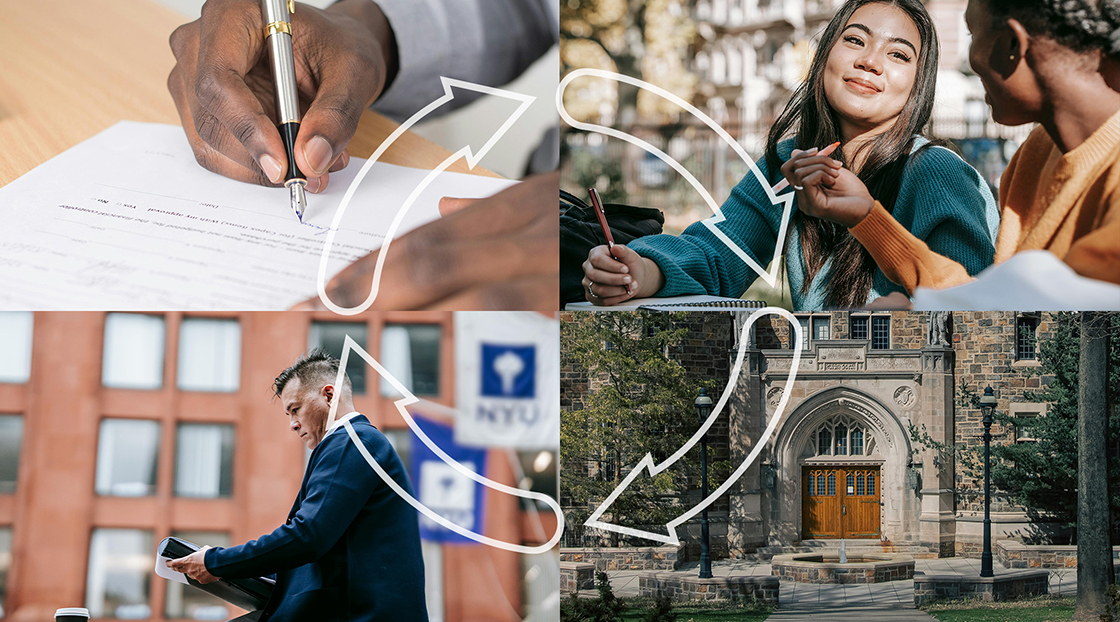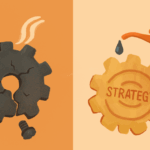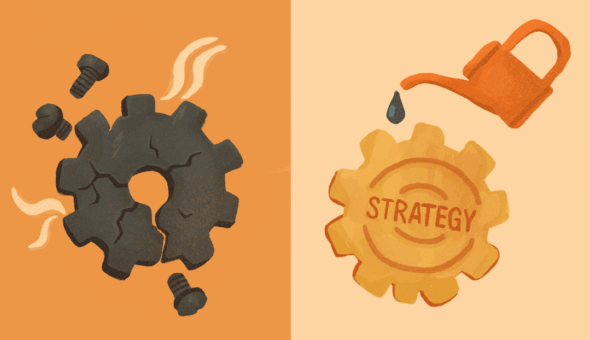The most powerful connections in higher ed aren’t built over four years — they’re cultivated over a lifetime. What if higher ed institutions stopped measuring part of their success on a standard retention rate and instead measured it in generations? Look at it as a cycle where the journey starts with a prospective student, who transitions to an alumnus and, eventually, a committed donor supporting the next generation of students. Although this is the goal of every institution, doing so requires a fundamental shift in communication.
Creating and maintaining relationships throughout this cycle requires firm intentionality. We must understand that each person has a unique journey with specific needs, abilities, resources and aspirations. Recognizing this individuality and honoring these differences is essential to building and nurturing lasting relationships that will move prospective students to engaged alumni and, subsequently, turn them into committed donors.
1. It Starts on Day One
It may sound exaggerated, but every college application is an act of hope and vulnerability — a 17-year-old submitting their dreams, efforts and imperfections to strangers, hoping for acceptance. Behind every inquiry is a human deserving of authenticity from their initial interaction with your institution.
The privilege of being considered for a young adult’s formative years should humble us into action. Rather than focusing solely on scholarships, tours and deadlines in our communications, we could engage them in meaningful conversations about their holistic well-being. What if we discussed mental health, campus life, food (everyone wants to know about food), dorm life and career services — topics that matter to their daily lives and help them picture themselves there? These communications invite them in and allow them to see themselves as part of your community.
As prospects become students, this communication remains crucial to building emotional intelligence, resilience and self-awareness. Your institution should be a healthy environment they can trust to help them grow. These qualities turn students into alumni who stay connected and give back, not out of obligation, but because they value the growth and support they received.
2. Authentic Engagement Cycle
If we steward student relationships in this way, we’ll see interesting interactions throughout the four-year journey. Naturally, this will formulate a genuine community filled with institutional pride. It may not be loud, but you’ll see it. It will show up in the small moments — a professor sharing their college struggles over coffee, an alum offering career insights, or students gathering for late-night study sessions. These moments create a sense of belonging that extends well beyond graduation.
We can’t let the interactions stop at commencement. Too often, a grad’s first alumni interaction is a donation request buried beneath student loan statements. We must see the season of life they’re in. Young alumni, navigating life transitions, need their university community more than ever. Their value isn’t in their ability to give but in their continued engagement as mentors, industry experts and community members. Invite them to share their stories with students standing where they once stood. Let them know they’re seen.
The cycle continues. The most meaningful donor relationships grow from this authentic foundation. People give because they connect emotionally — they remember the professor who believed in them or how support transformed their lives. When we nurture these relationships from the start, we create something far more valuable than a donation: we build commitment.
3. Commitment Through Connection
When we can view this journey as a continuous cycle, we’ll see each stage become an opportunity for intentional connection. We’ll watch it manifest loyalty amongst all stakeholders.
Prospective students will trust the institution for guidance and belonging. Students will engage because they feel valued. Alumni will stay connected because they recognize the mutual benefits of involvement. Donors will give with meaning and intention and share the community that changed their lives with the next generation.
By recognizing individual humans in each stage we’ll, undoubtedly, create a stronger community with more impactful giving than we could ever imagine — and we’ll see it happen over and over again.







